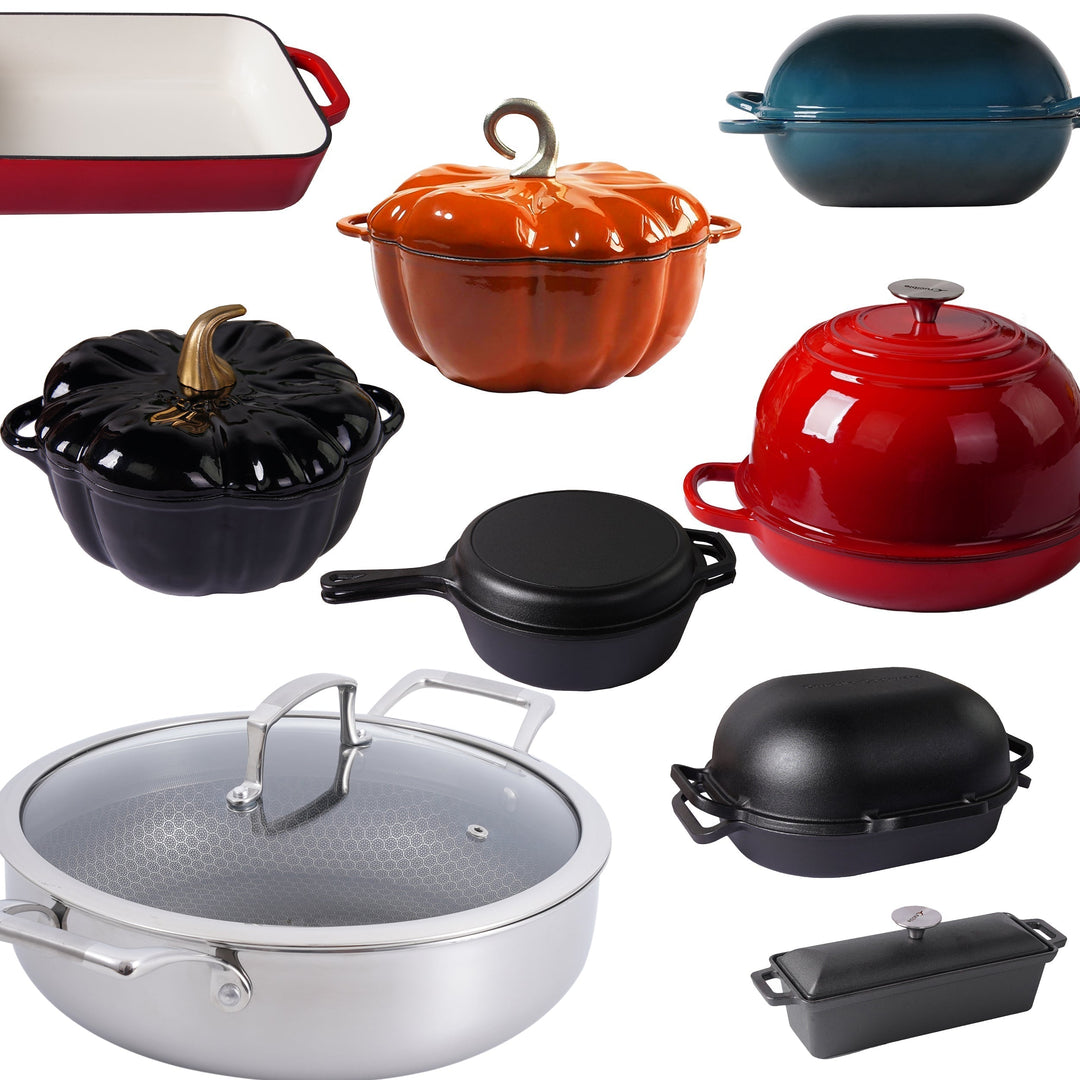Zakwas na chleb na zakwasie

Składniki
Dzień 1
- 1 dl wody
- 0,5 dl mąki pszennej
- 0,5 dl mąki żytniej
Dzień 2
- 1 dl wody
- 0,5 dl mąki żytniej
- 0,5 dl mąki pszennej
Dzień 3
- 1 dl wody
- 0,5 dl mąki żytniej
- 0,5 dl mąki pszennej
Wyposażenie
- szklany słoik 0,6 l z pokrywką
Instrukcje
Przygotowanie
Upewnij się, że słoik, do którego włożysz zakwas, jest dobrze wyczyszczony i wysterylizuj go w gorącym piekarniku w 300°F/150°C przez około 15 minut. Jeśli na pokrywce jest gumowa uszczelka, zagotuj ją w wodzie, aby pozbyć się bakterii.
Dzień 1
Wlej letnią wodę do starannie wyczyszczonego szklanego słoika z pokrywką (o pojemności około 6 dl). Dodaj 0,5 dl mąki pszennej i 0,5 dl mąki żytniej. Wymieszaj widelcem, aż powstanie dość gęste, gładkie ciasto. Ilość wody i mąki nie musi być dokładna, ważne, aby konsystencja była podobna do gęstego ciasta naleśnikowego.
Przechowuj zakwas w temperaturze pokojowej z lekko uchyloną pokrywką, aby bakterie z powietrza mogły dotrzeć do ciasta.
Dzień 2
Miejmy nadzieję, że w zakwasie pojawiły się już pęcherzyki powietrza i wyczuwalny jest łagodny, aromatyczny zapach. Nie martw się, proces jeszcze się nie rozpoczął, może to potrwać jeden do dwóch dni w zależności od temperatury w pomieszczeniu i rodzaju użytej mąki.
Dokarm zakwas 1 dl wody, 0,5 dl mąki żytniej i 0,5 dl mąki pszennej i wymieszaj. Przechowuj w temperaturze pokojowej z lekko uchyloną pokrywką.
Dzień 3
Dokarm zakwas 1 dl wody, 0,5 dl mąki żytniej i 0,5 dl mąki pszennej.
Wymieszaj i przechowuj w temperaturze pokojowej z lekko uchyloną pokrywką.
Dzień 4
Teraz zakwas powinien być gotowy do pieczenia. Z każdym dniem dokarmiania zakwas zaczyna się szybciej pienić. Zdrowy i dojrzały zakwas zwykle zaczyna się pienić 2–3 godziny po dokarmieniu.
Spróbuj delikatnie potrząsnąć lub poruszyć słoikiem, a zauważysz, że prawie sam się porusza. W środku jest życie i możesz zacząć piec chleb na zakwasie.
Uwaga! Nie zapomnij dokarmić zakwasu dzień przed pieczeniem. Nie dokarmiaj go jednak od razu po pieczeniu, chyba że planujesz piec z niego również następnego dnia.
Przechowywanie
Przechowywanie zakwasu w lodówce może spowolnić proces fermentacji, co jest przydatne, jeśli chcesz przechować swój zakwas lub ciasto na dłuższy czas bez konieczności regularnego dokarmiania. Podczas przechowywania w lodówce proces fermentacji jest znacznie spowolniony, więc nie będziesz musiał tak często dokarmiać zakwasu. Pamiętaj jednak, że niskie temperatury mogą również osłabić strukturę glutenu, co może wpłynąć na teksturę końcowego chleba, jeśli będzie przechowywany w lodówce zbyt długo. Jeśli planujesz użyć zakwasu w ciągu około tygodnia, można go przechowywać w lodówce. Upewnij się tylko, że przed użyciem w przepisach wyjmiesz go do temperatury pokojowej i dokarmisz.




ZAPISAĆ PRZEPIS NA PÓŹNIEJ?
Jeśli chcesz zachować ten przepis na później, możesz go wydrukować, dodać stronę do zakładek lub zapisać na Pinterest.
Jak wydrukować przepis bez obrazów
- Przejdź do https://www.printfriendly.com/
- Wprowadź link do przepisu w polu wejściowym i kliknij przycisk "Podgląd".
- W podglądzie najedź kursorem na element, którego nie chcesz drukować (obrazy lub inne elementy) i kliknij symbol kosza, aby go usunąć.
- Gdy skończysz, kliknij przycisk drukowania.
















Zostaw komentarz